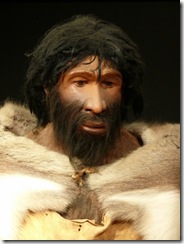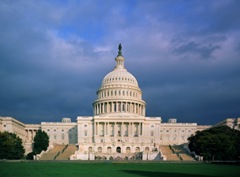 The eighth edition of the TGG Interview Series is with Max Blankfeld. Max is Vice-President of Marketing and Operations at Family Tree DNA, one of the largest genetic genealogy companies in the world. In addition, together with Bennett Greenspan, Max launched DNA Traits, a company that tests DNA for genetic diseases and inherited conditions. Max is a frequent contributor to genetic genealogy mailing lists and has answered many people’s questions about testing, results, an the field in general.
The eighth edition of the TGG Interview Series is with Max Blankfeld. Max is Vice-President of Marketing and Operations at Family Tree DNA, one of the largest genetic genealogy companies in the world. In addition, together with Bennett Greenspan, Max launched DNA Traits, a company that tests DNA for genetic diseases and inherited conditions. Max is a frequent contributor to genetic genealogy mailing lists and has answered many people’s questions about testing, results, an the field in general.
From the “About” page at Family Tree DNA:
“Originally from Brazil, received his BBA from Fundação Getulio Vargas, and MBA from Rice University. While his first college education was in the field of Aeronautical Engineering, he gave it up to become a foreign correspondent. After that, he started and managed several successful ventures in the area of public relations as well as consumer goods both in Brazil and the US.”
 GenomeWeb Daily News published a story on Friday entitled “
GenomeWeb Daily News published a story on Friday entitled “ Around the year 1700, a relatively healthy young hunter was walking along a glacier in land that would one day be British Columbia in Canada. He wore a robe of 95 animal skins, perhaps gopher or squirrel, stitched together with sinew, and carried a walking stick, iron-blade knife, and spear thrower. For some reason, the young man, aged 17 to 22, died on the glacier and was quickly incorporated into the ice. There he remained, frozen, for the next 300 years.
Around the year 1700, a relatively healthy young hunter was walking along a glacier in land that would one day be British Columbia in Canada. He wore a robe of 95 animal skins, perhaps gopher or squirrel, stitched together with sinew, and carried a walking stick, iron-blade knife, and spear thrower. For some reason, the young man, aged 17 to 22, died on the glacier and was quickly incorporated into the ice. There he remained, frozen, for the next 300 years. Yesterday, a very interesting paper was published in the American Journal of Human Genetics by the Genographic Project Consortium entitled “
Yesterday, a very interesting paper was published in the American Journal of Human Genetics by the Genographic Project Consortium entitled “ On April 27, 2007, I wrote “
On April 27, 2007, I wrote “